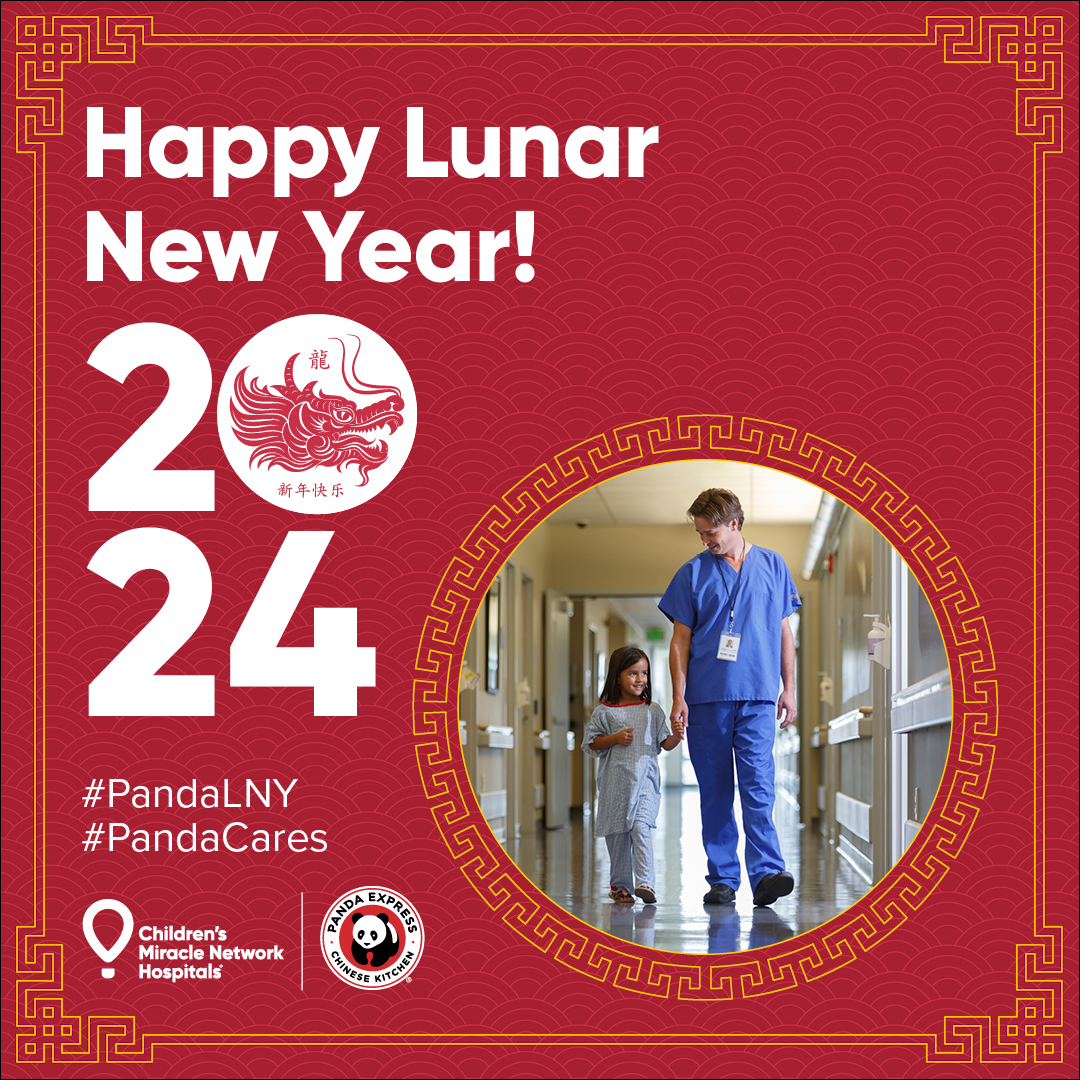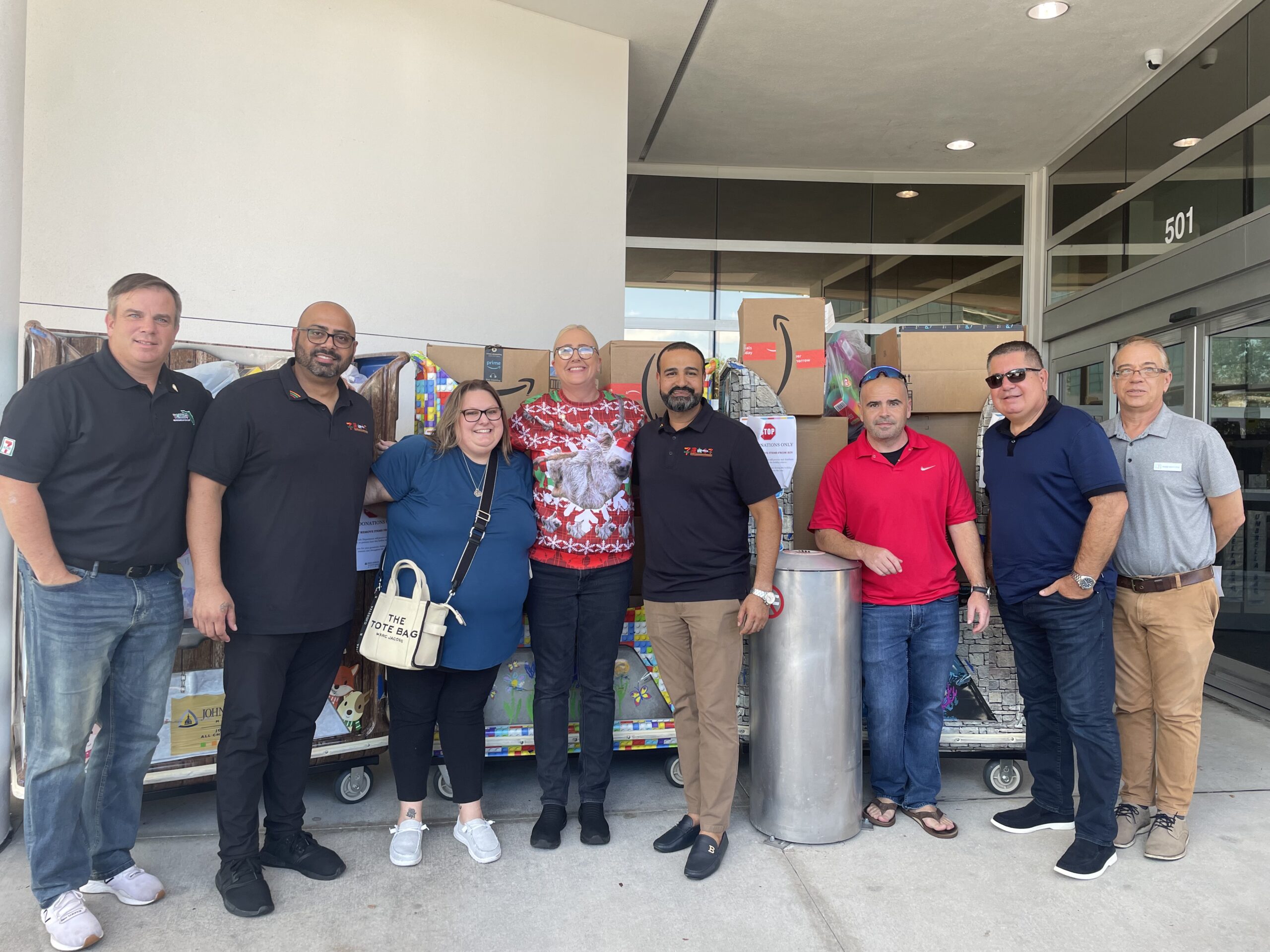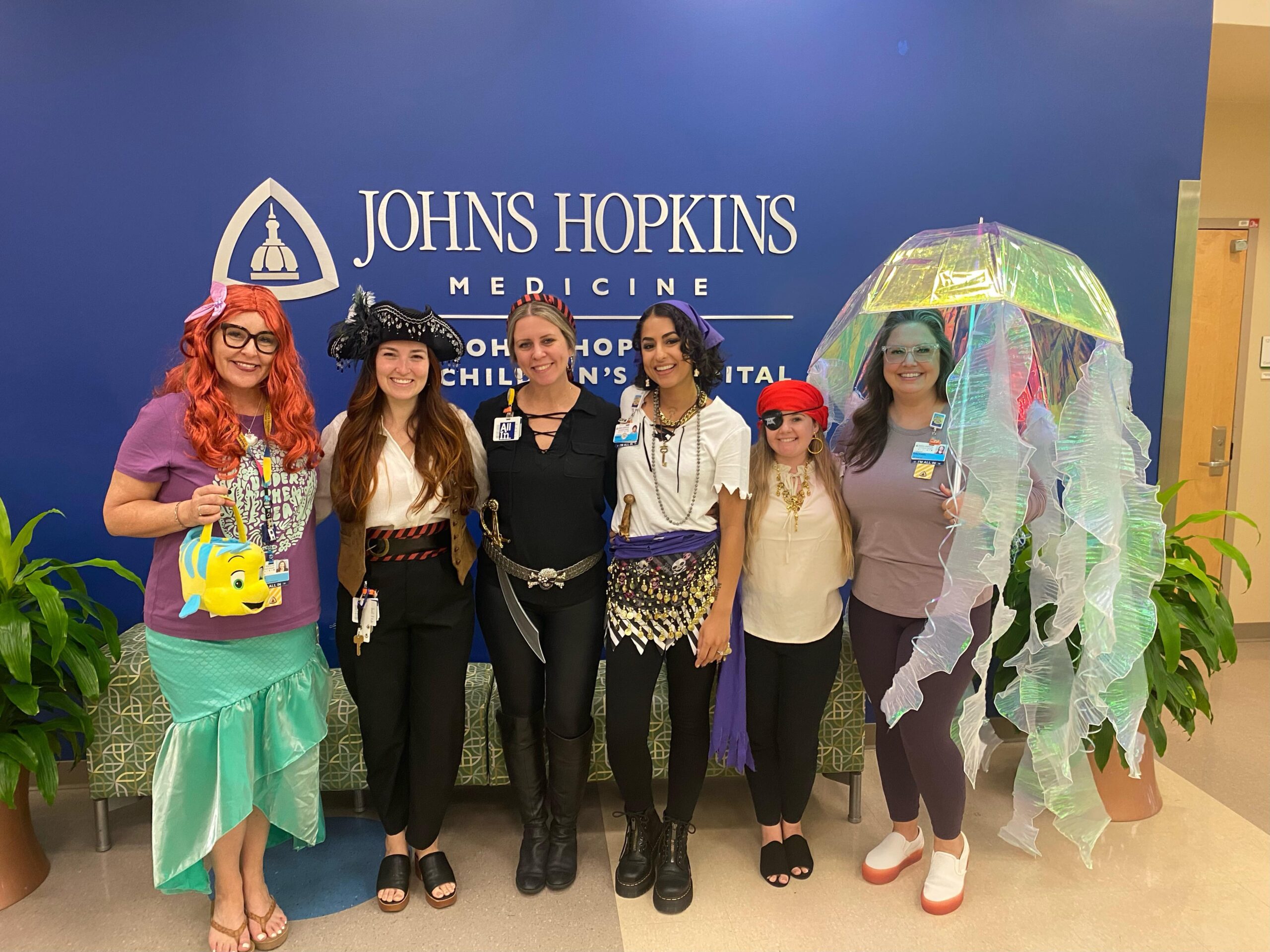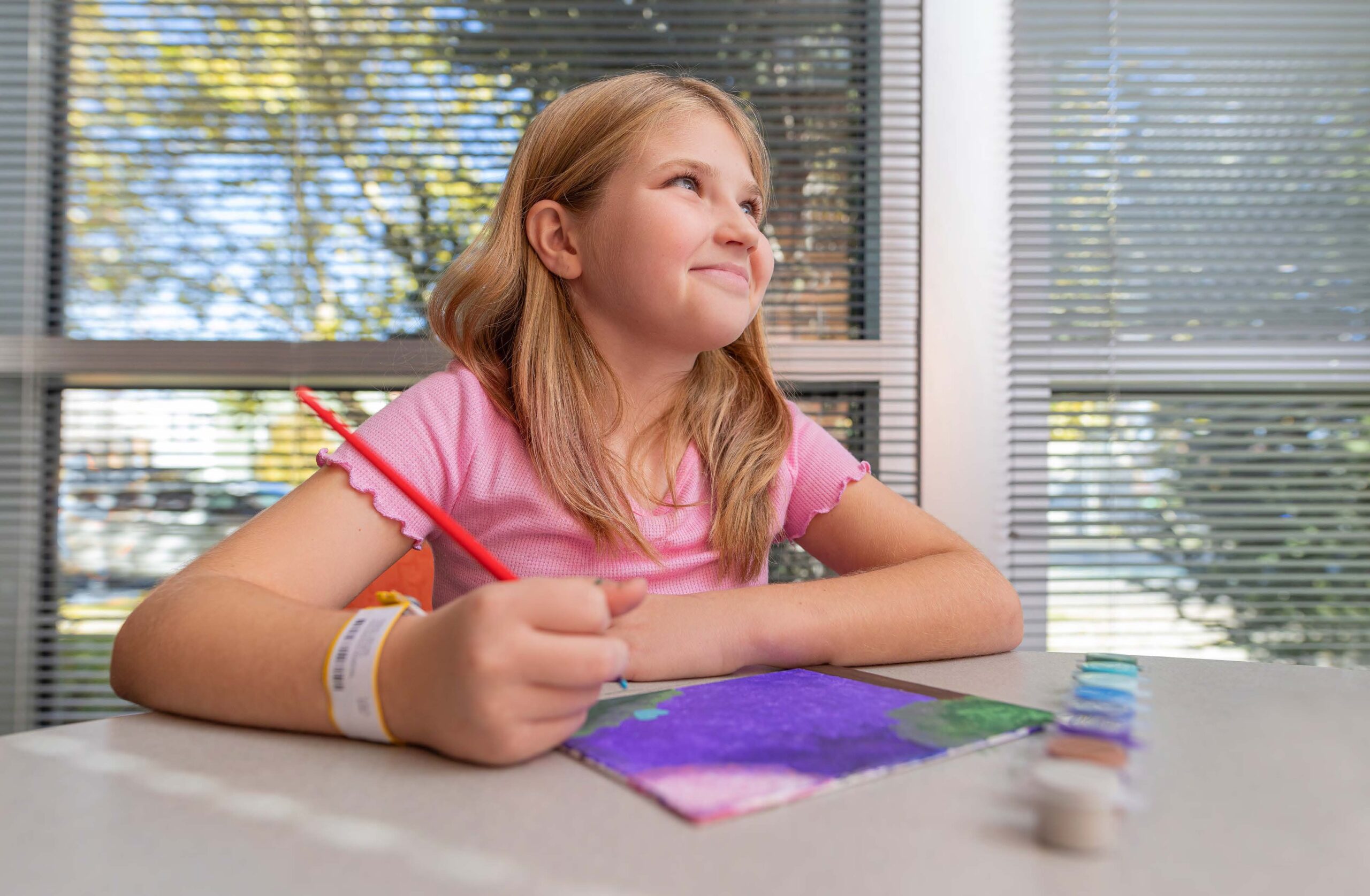
Kids love fireworks and that goes for many adults who turn into children around fireworks. They bring all of us back to Fourth of July celebrations of our youth and evoke fond memories of summertime. Even though we are familiar with the dangers of fireworks and their use, they represent one of the most dangerous holiday traditions in our country. On this week’s On Call for All Kids, Patrick Mularoni, M.D., medical director of the Pediatric Sports Medicine program and Emergency Center physician at Johns Hopkins All Children’s Hospital, discusses ways to keep kids safe on the Fourth of July.
Although illegal fireworks pose a significant danger, many of the 2,000 firework-related injuries each year are from legal fireworks that you can buy at the local grocery store. Those legal fireworks are the ones that do not leave the ground. If you look in the sky on the Fourth of July, it is obvious that these laws are not being routinely followed, but anything that gets hot enough to create a display of light using fire can injure a child whether it leaves the ground or not.
Let’s talk about sparklers in particular. If you are a parent and you want to light sparklers with your child what should you know?
Children should only use these items under the close supervision of adults. Sparklers are usually used by younger children who don’t have great coordination. So we are handing a 5-year-old a wire that is less than a foot long and burns at 1,500 to 3,000 degrees. Show children how to hold sparklers away from their body and at arm’s length. Before lighting the first sparkler explain to children that sparklers should never be thrown, run with or used as pretend swords. When the sparkler is extinguished, it is still extremely hot and should be put directly into a bucket of water.
What kind of injuries come into the Emergency Center on the Fourth of July?
Obviously, burn injuries are the most common. Sparkler injuries usually to small children typically lead the way. These injuries commonly happen when a child grabs the wrong end of the sparkler and from others walking into a lit sparkler. The temperature of the sparkler can cause a third-degree burn very rapidly. This is especially problematic if the injury is to the eye as this can cause permanent vision loss.
The second most common type of injury is blast injuries causing severe burns or amputations. Many times fireworks will go off sooner than expected taking the person lighting them by surprise. Also fireworks that don’t go off, which are often termed “duds,” may explode unexpectedly and cause injuries. These types of injuries can be quite severe. We know that the risk of fireworks injuries more than doubles for children 10-14 years old compared with the general population.
What are the most important things a parent should do to keep kids safe?
- Only light one firework at a time.
- Don’t relight “duds.”
- Keep track of the unused items.
- Don’t underestimate “legal” fireworks.
- Sparklers are dangerous and need to be used with caution.





